RIATH AL-SAMARRAI: We should treasure old swinger Andy Murray wringing the last drops of his career from the towel… he is still capable of fabulous things, but how much more will he put himself through?
The US Ryder Cup picks were announced earlier this week by Zach Johnson
The glories are smaller these days but they still live in flickers. In those isolated moments where, for a blink or two, muscle memory permits Andy Murray a little leave from his circumstances to do fabulous things.
On Thursday evening, in the second round of the US Open, it came at 2-0 down and deuce in the opening set of a walloping against Grigor Dimitrov.
They had already contested 16 strokes of a seesawing rally when Dimitrov clipped the net with a forehand and the ball fell with some cruelty on Murray’s side. No way for luck to treat an old man. But then Murray pushed off his right side, the one with metal in it, and sprinted forward from behind the baseline in pursuit. He got there with an inch to spare and angled the ball from the knots of his strings into the most absurd of drop shots to take the point.
In the process of all that, Murray almost collided with the umpire’s chair and he only stopped running when he had passed Dimitrov’s own service line. Even the Bulgarian applauded, before establishing that this would be another of those false dawns — he spent the next two hours performing a living autopsy on a sporting knight whose appetite for lost causes will now enter a fresh round of questioning.
How much more will Murray put himself through? When will it be enough? How many more flights, hotel rooms, training sessions, ice baths, defeats,
outbursts, excoriations of the soul, surgeries and missed moments with family will be offered up in grinding service to the voice in his head?
Andy Murray was afforded a little leave from his circumstances to do fabulous things in rare snatches against Grigor Dimitrov
The Bulgarian 19th seed (left) ran out the winner in a straight-sets victory against the former US Open champion
Mail Sport’s Riath Al-Samarrai writes that we should treasure every moment of Murray’s career
This being Murray, 36 going on 18 going on 50, the croaky answer is that he just doesn’t know, no matter how often he is asked. Or maybe he does and it just frightens the life out of him.
To listen to his interviews on Thursday night, one comment buzzed across the Atlantic as if it was carried on a neon sign: ‘I need to decide whether the performances and results that I’m having are worth it.’
Murray has now competed in 12 slams since his hip problems got serious in 2017 and hasn’t travelled beyond the third round in any of them. The Australian Open granted him a retirement montage in 2019, remember, and for all the prematurity of the messaging, there have been so many times in the years since when it has seemed Murray was the only one not privy to the obvious. That he and his team stood alone among those who think it might still turn. This time next year, Rodney…
But isn’t there a real beauty in that? Because there is another way of looking at all of this and it goes beyond what we conventionally recognise within sport as winning and success. To my mind, if we draw a line at 2017, what Murray has done since is in many ways more admirable than what went before. More than those three slams, the two Olympic gold medals and his brief standing as world No 1 in an era when giants walked the earth.
Taking those peaks and setting them alongside what he has stood for, I’ve long held the view that he has been the finest athlete of his generation from the United Kingdom, above Hamilton, Broad, Ennis-Hill, McIlroy, Rooney, Stokes, Kane and Anderson.
The charm of his second career, the post-2017 years, is found in how he has kept going and chasing. He doesn’t need to — he has delivered on his potential by a factor of hundreds. He is also worth a fortune. And so, at a strange time in sport, when the willingness to put money over ambition has never been so pronounced, there will always be something magnificently warming about those old swingers who hunt for other things. Deeper things. Things you measure in different ways. Always wringing the towel for one last drop, even if the markers of progress are tiny compared to what they once were.
In Murray’s case, that might mean winning challenger-level events, or a first on the ATP Tour since 2019, or proving to himself that he can get back in the top 30 or reach the second week of a slam. But good on him. Whichever way you cut it, sport should always love a trier and how many stars in our favourite games have tried as hard as Murray?
That can run counter to another temptation we might occasionally experience, which is to retire our heroes. To harbour a wish that they would.
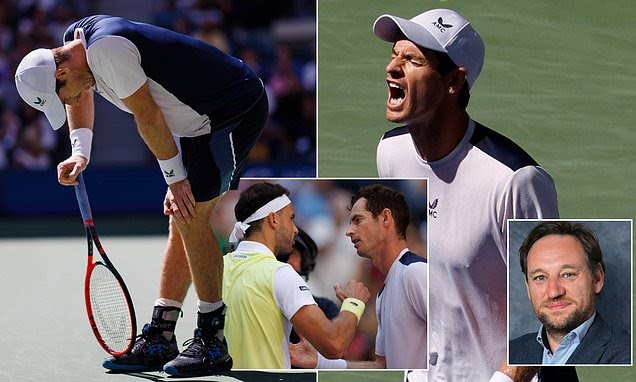

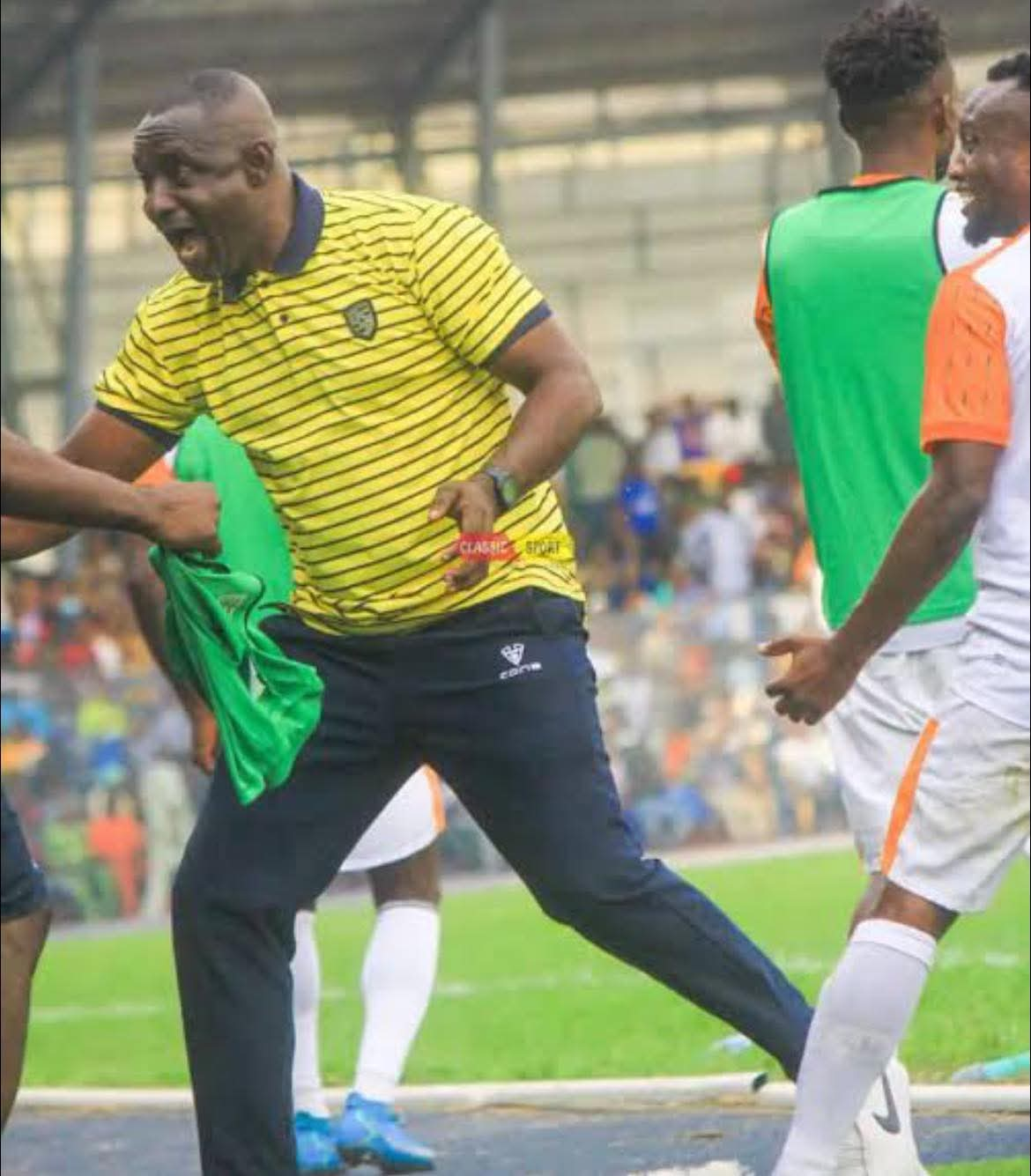
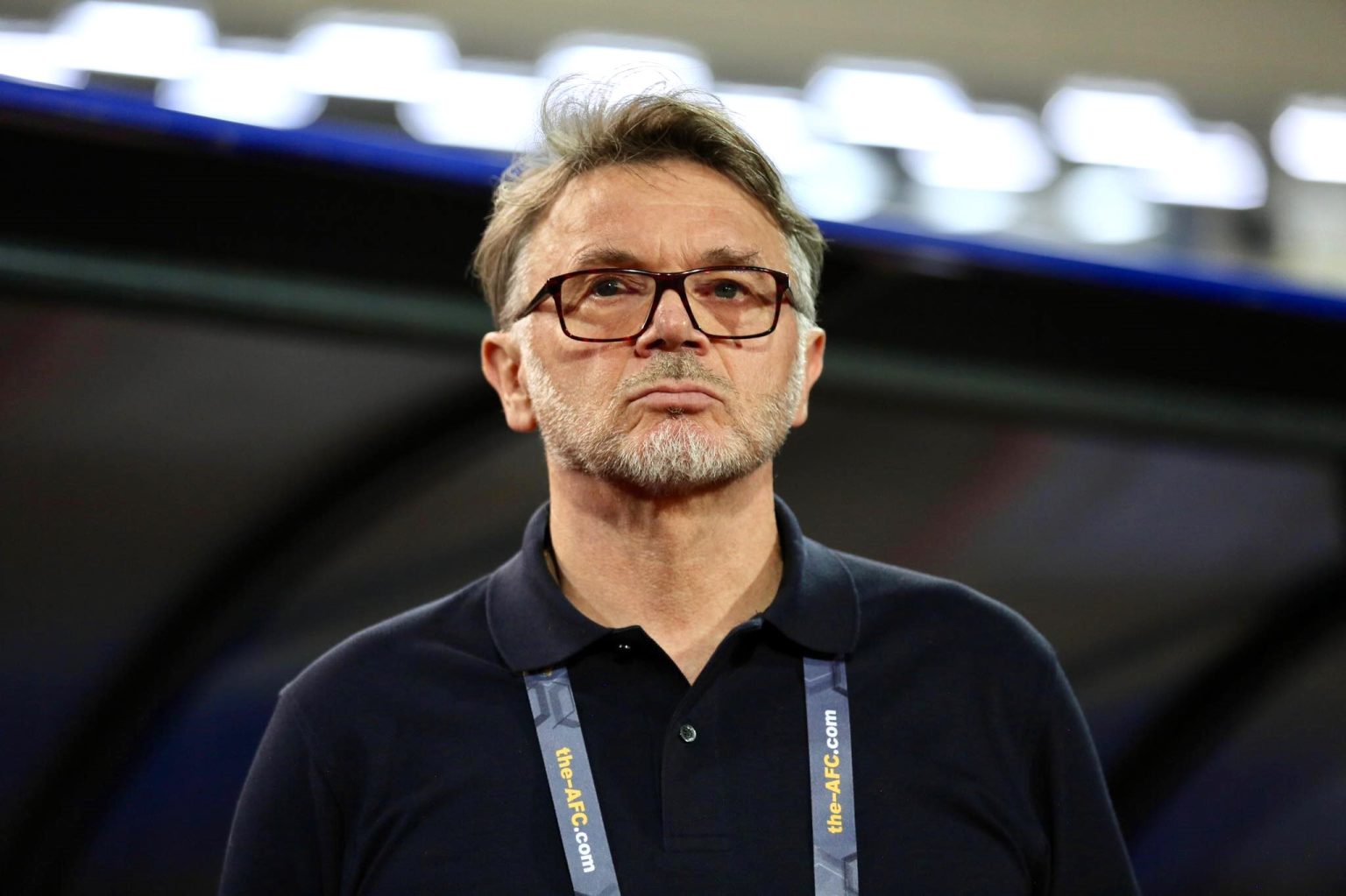
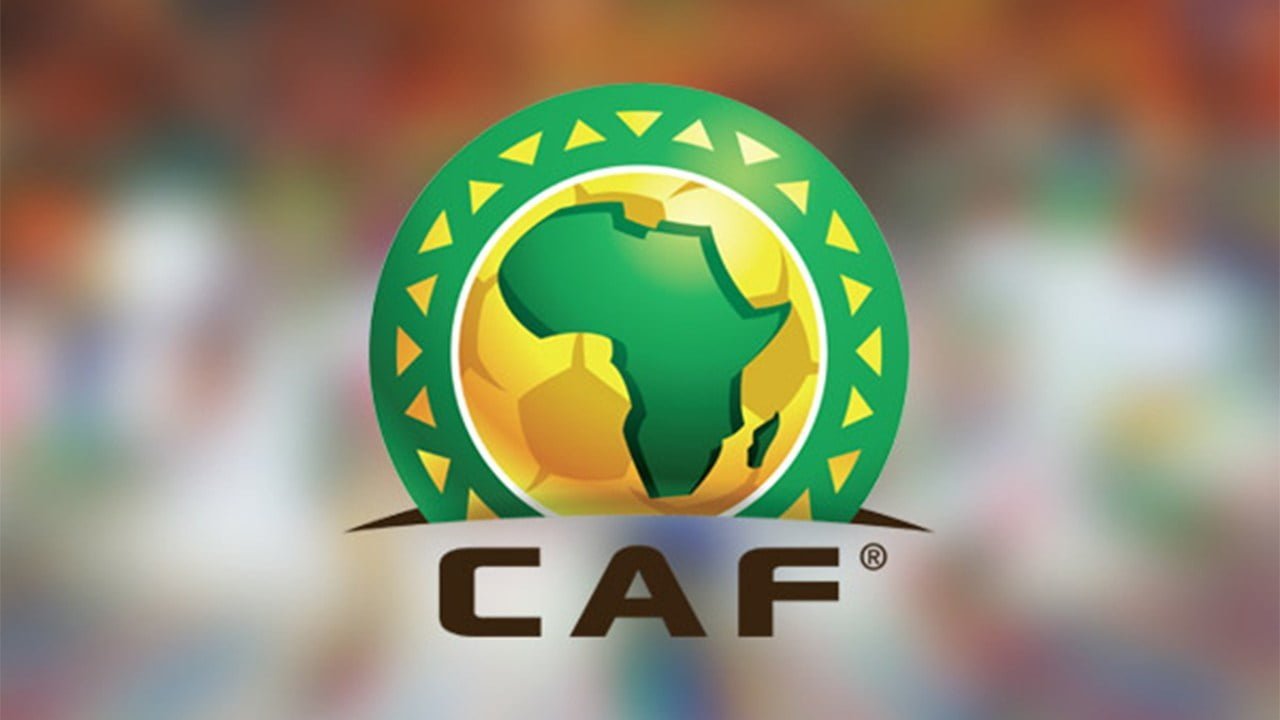
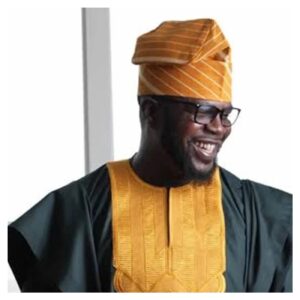


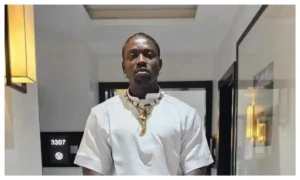

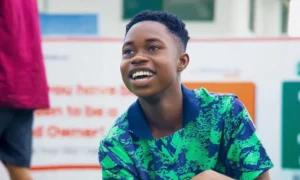


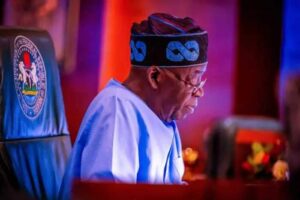
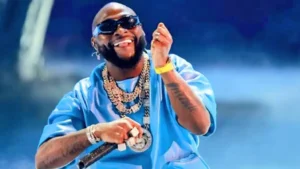
Post Comment